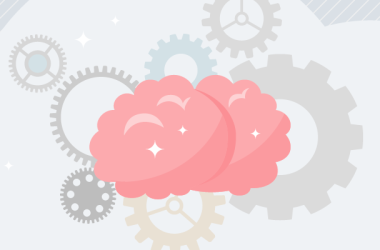Tumour is a word that causes worries to everyone. It is certainly not a comforting word to hear if a person is diagnosed with one. Most of the time, a person will find doctors when they see unusual bumps or lumps that grow on the body. In some cases, people with unusual symptoms that do not heal with rest and medication such as unexplained fever, fatigue, persistent coughing, skin changes such as sore that would not heal, unusual bleeding or discharge and unintended weight loss can be silent signs of a cancer. There are many tumours or cancer that may affect anyone in the world. In this article, we will be learning more about astrocytoma and is it malignant or benign.
Astrocytoma is a type of cancer that originates from the astrocytes. Astrocytes are a kind of cell supporting the nerve cells and have star-shaped cells. It is one of the common brain tumours. Astrocytoma can affect people of all ages but is most common in paediatric and older patients above the age of 40. There are no known causes for a person to develop astrocytoma but there have been risk factors identified causing a person likely to develop such a condition. This includes exposure to electromagnetic fields (cellular telephones), head injury, family history of brain tumours and previous radiation therapy. Some may be prone to develop astrocytoma due to genetic susceptibility.
The question now is, is astrocytoma malignant or benign? There is no easy answer as this depends on the grade of the astrocytoma. Many may say most astrocytoma is considered malignant. Some say astrocytoma is considered benign tumours as it coexists with normal tissues and is accurately considered low-grade malignancies as they have potential to turn into high-grade malignancies as time goes by. One thing for sure, high-grade astrocytoma such as the glioblastoma multiforme is the most malignant brain tumour. In general, there are two grade of astrocytoma, low grade (grade 1: pilocytic astrocytoma, grade 2: diffuse astrocytoma) and high grade (grade 3: anaplastic astrocytoma, grade 4: glioblastoma). Most common type of astrocytoma in adults is glioblastoma while in children it is pilocytic astrocytoma. To better understand astrocytoma, you can ask a healthcare professional regarding the grade of the astrocytoma as it possesses different characteristics that can only be seen clearly through a pathology test.
Symptoms of astrocytoma depend on the locations of the brain affected by the tumour. Some regions of the brain such as the forehead may be able to accommodate large tumours before a person experiences any symptoms and small tumours may lead to problems when it affects the certain brain region that is responsible for certain functions such as speech and vision. Common symptoms include persistent headaches, headaches that get worse in the morning, nausea, vomiting, double or blurred vision, personality changes, cognitive difficulties, speech difficulties, limb weakness and seizures. If you find yourself with unexplained symptoms that do not go away with rest and medication, please seek help from medical doctors.
Surgery is the standard treatment for astrocytoma. However, this may change if the tumour is unable to be removed through surgery. In this case, radiation or chemotherapy may be given instead. Treatments vary on the grade and the person’s age. For example, chemotherapy may be given to young children instead of radiation therapy to minimise brain damage. Survival time after surgical intervention is 6 to 8 years old for low-grade astrocytoma and can vary greatly for those with higher grade. Unfortunately, those diagnosed with glioblastoma or grade 4 astrocytoma are expected to have a survival rate of below 1 year. Since it can be hard to cope with astrocytoma, especially with high grade ones both physically and mentally, do seek support from a psychologist or psychiatrist.







